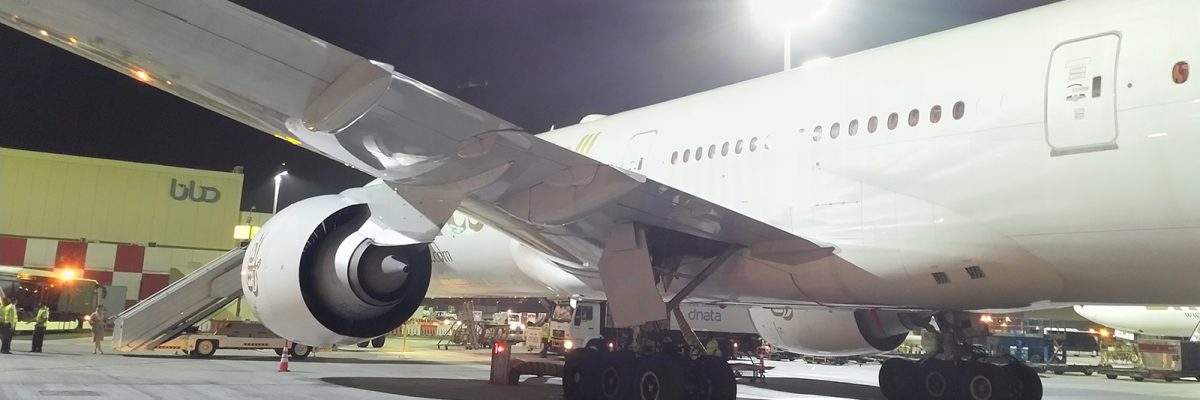The Relative Centrality of Cities Based upon Air Passenger Travel, 1977-1997
Michael Timberlake and David A. Smith with Kyoung-Ho Shin
Network analysis of the flows of airline passengers between all pairs of nearly 100 cities world wide, from 1977 to 1997, yielded estimates of each city’s relative centrality to the overall world-system’s city system for each time period. These estimates were produced by the STRUCTURE network analysis program (Version 4.2; Burt, 1991). Discussions of the conceptual development of a network approach to world cities and discussions of the analysis and interpretation of these estimates can be found in the researchers’ work cited below. Most of the raw data on which these estimates are based are available from the International Civil Aviation Organisation (Montreal). In the past, ICAO has provided these data to university researchers without charge. The data are available quarterly and annually from ICAO. The researchers continue to work at ‘cleaning’ these data and supplementing their data sets with estimates of air passenger traffic between pairs of major cities within single countries. (The ICAO includes only estimates for international pairs of cities.) The researchers are eager to compare these networks of world cities defined on the basis of air passenger traffic with those based on other of many possible network relations, and they recognise that, realistically and ideally, to do so will require collaboration among a number of researchers.
| Description | Files |
|---|---|
| The relative centrality of cities based upon air passenger travel, 1977 | XLSX |
| The relative centrality of cities based upon air passenger travel, 1980 | XLSX |
| The relative centrality of cities based upon air passenger travel, 1985 | XLSX |
| The relative centrality of cities based upon air passenger travel, 1991 | XLSX |
| The relative centrality of cities based upon air passenger travel, 1994 | XLSX |
| The relative centrality of cities based upon air passenger travel, 1997 | XLSX |
References
Burt, R. (1991) STRUCTURE. Version 4.2. Center for the Social Sciences, Columbia University, New York, NY.
Shin, K.H. and Timberlake, M. (2000) World cities in Asia: cliques, centrality and connectedness, Urban Studies, 37 (12), 2257-2285.
Smith, D. and Timberlake, M. (1993) World cities: a political economy/global network approach, in Hutchinson, R. (ed) Research in Urban Sociology, volume 3: Urban Sociology in Transition, Greenwich, CT: JAI Press, 179-205.
Smith, D. and Timberlake, M. (1995) Cities in global matrices: toward mapping the world-system’s city system, in Knox, P. and Taylor, P. (eds) World Cities in a World-System, Cambridge: Cambridge University Press, 79-97.
Smith, D. and Timberlake, M. (1995) Conceptualising and mapping the structure of the world-system’s city system, Urban Studies, 32 (2), 287-304.
Smith, D. and Timberlake, M. (1998) Cities and the spatial articulation of the world-economy through air travel, in Bunker, S. and Ciccantell, P. (eds) Space and Transport and the World-System, Westport, CT: Greenwood Press, 213-240.
Smith, D. and Timberlake, M. (2001) World city networks and hierarchies, 1977-1997: an empirical analysis of global air travel links, American Behavioral Scientist, 44 (10), 1656-1678.
As per our data protocol, the following acknowledgement should accompany any public use of the data:
Acknowledgement: The data were produced by Michael Timberlake and David A. Smith with Kyoung-Ho Shin and constitute Dataset 10 of the Globalization and World Cities (GaWC) research network (https://gawc.lboro.ac.uk/) publication of inter-city data.

